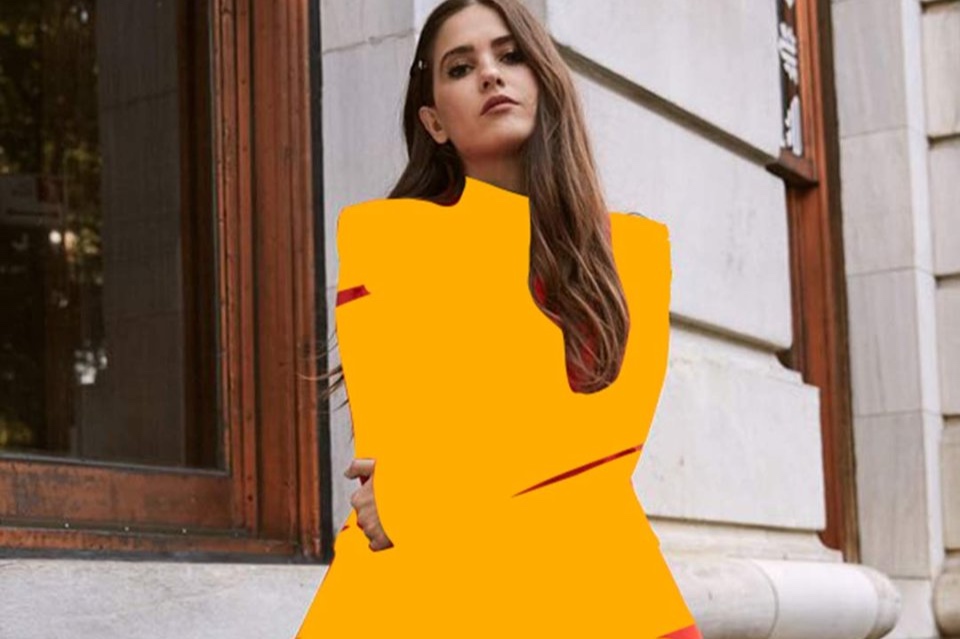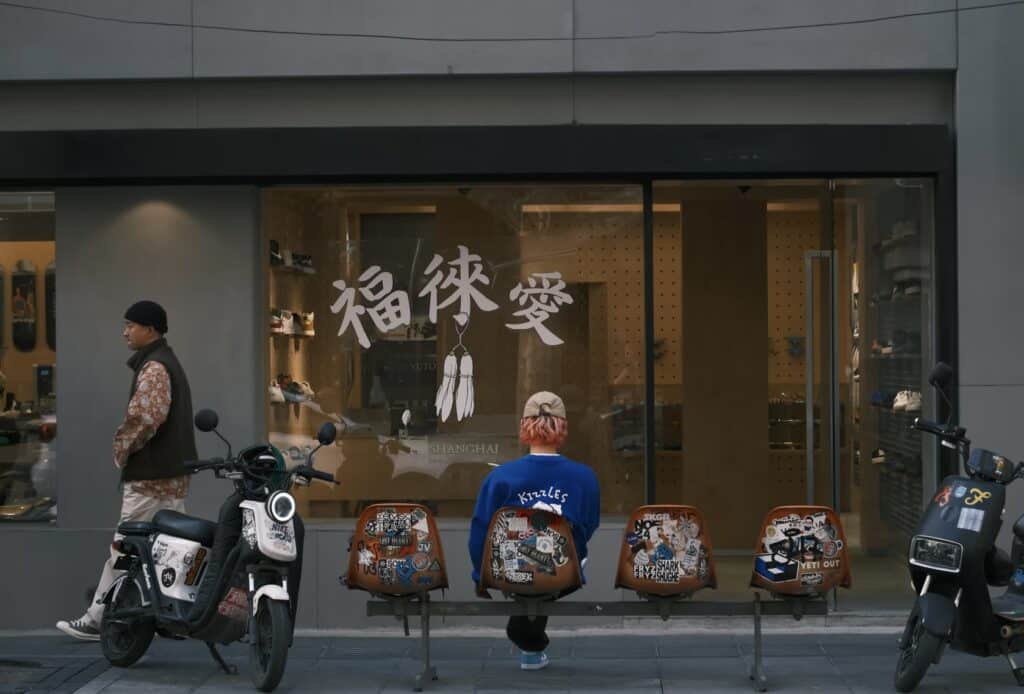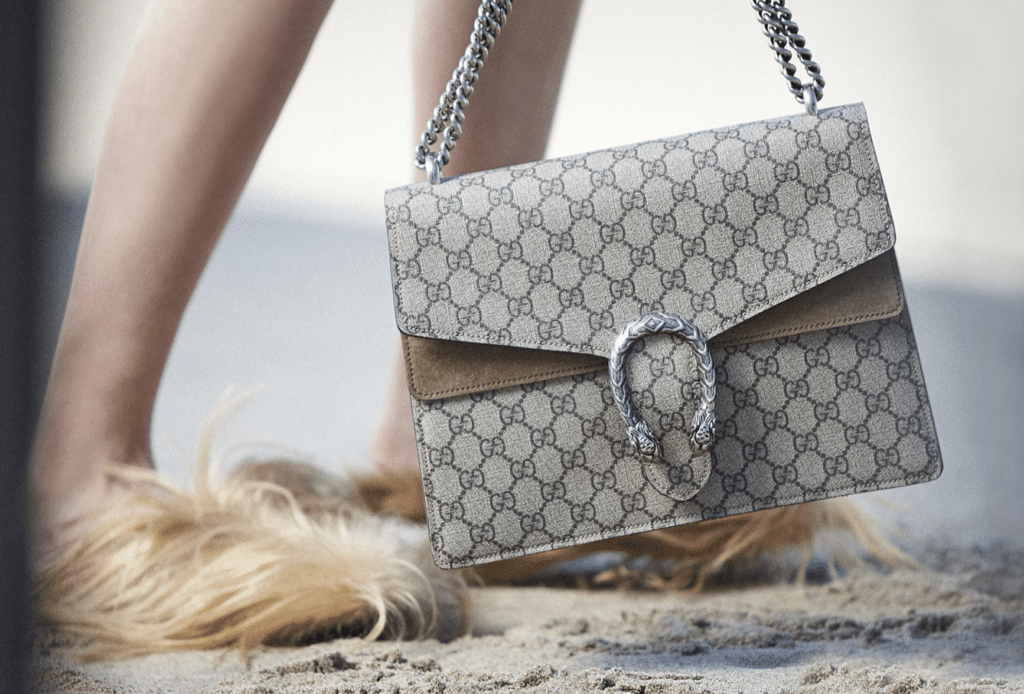THE FASHION LAW EXCLUSIVE — “Never before … maybe never again. Limited-edition street style, designed by global influencers.” That is how Amazon is describing what appears to be its newest fashion venture, one that it’s calling The Drop. Not yet launched, the teaser-stage project will see the Seattle-based multinational technology giant “partner with international trendsetters” – including Paola Alberdi, Sierra Furtado, Patricia Bright, and Emi Suzuki – to help “turn your favorite curators into creators,” and let consumers “shop head-to-toe looks from their limited-edition collections.”
How will The Drop work? According to Amazon, “Each individual collection [will be] live for 30 hours or less because fabrics are limited.” To find out when the drops will be, Amazon wants your phone number so it can alert you via text message. During each drop’s 30 hour lifespan, Amazon “will make each style only when you order it to reduce waste.” Add to those fleeting collections, “Staples,” or the “wear-on-repeat pieces that build the base to any look,” per Amazon, which will “always [be] available, so [you can] shop them anytime.”
With The Drop, which has not yet come with an official debut date, Amazon appears to be aiming to tap into the proven track record of both influencer marketing and the direct-to-consumer “drop” model, which has helped catapult streetwear brand Supreme into a billion dollar business.
According to its recently-released streetwear “Impact” report, which was created in conjunction with PwC, Hypebeast shed light on the buzzy “drop” distribution model, stating, “Brands today adopt two main methods to sell merchandise: launching a complete collection at once or ‘piecing out’ product in a steady stream of consistent releases.” The former serves as the norm for much of the fashion industry, but “Supreme’s adoption of the latter model, known as ‘drops,’ has pioneered a new way for brands and retailers to offer product,” one that consistently sees “customers rally to be the first online or in-store to secure products that are released at a particular place and time.”
“With drops,” the menswear site’s report states, “customers are encouraged to be the first in line, the first in store or the first online to secure products, with limited quantities making it likely that pieces will sell out. The promise of new goods is a powerful lure for young shoppers,” many of whom, according to Hypebeast’s survey of nearly 50,000 consumers, are shelling out on new pieces every single month.
If executed properly, this model enables a brand to “keep supply of a new product strictly below demand. In turn, the product will experience high-sell through; appear on the resell market” – which is “integral to how streetwear works, as it serves as a metric for a brand’s success: the more valuable a product, the higher its resell price tag” and ultimately, give rise to “more demand.”
Amazon, which has been desperately trying to up the ante in terms of its fashion offerings, clearly wants in. But can the digital titan really recreate the cult-level demand enjoyed by the likes of Supreme, which is – by most accounts – contingent upon a dedicated and engaged community with passion and know-how, and driven largely by a level of authenticity that is “unmatched elsewhere in the fashion industry,” an antidote to the top-down, gate-keeping nature of the traditional fashion industry?











